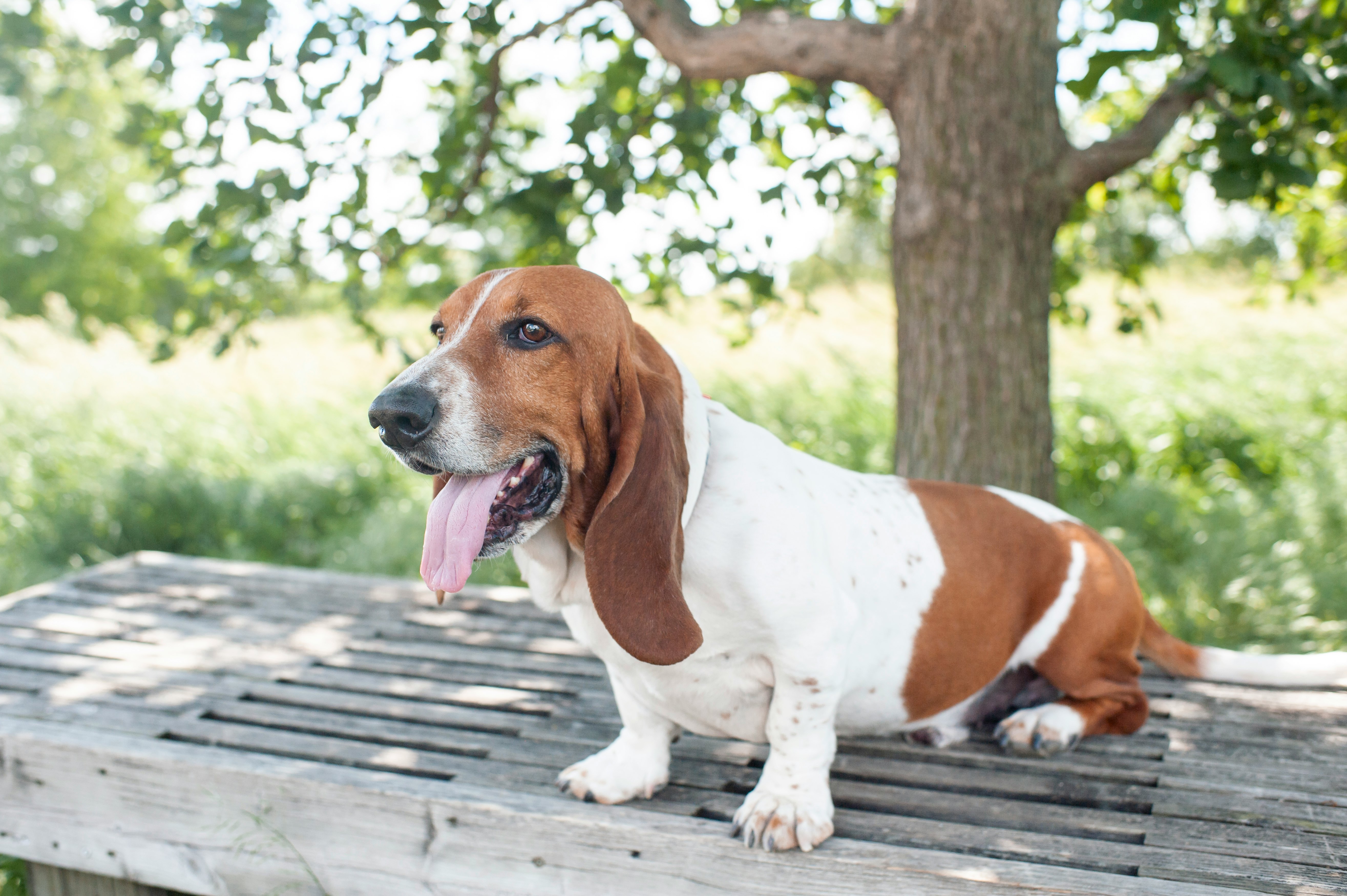
As the hot weather continues this summer, it’s imperative that humans watch out for their animal friends as well as themselves. Dogs, too, can suffer from the heat. However, some dogs are more susceptible to it than others. Understanding the symptoms of heat exhaustion and stroke in dogs can help you keep your fur children safe during sticky weather.
Heat stroke is a condition that comes from a “failure to dissipate accumulated heat during exposure to hot environments, or during strenuous physical exercise under heat stress,” according to a 2017 paper published in the journal Temperature. Heat stroke can be fatal in dogs and humans.
A dog’s typical body temperature is about 101.5 degrees Fahrenheit, according to Maria Verbrugge, a clinical instructor of veterinary medicine at the University of Wisconsin-Madison School of Veterinary Medicine. Once their temperature exceeds 102.5, she says, that’s too hot, and “104 is a danger zone.”
Paying attention to how you feel will help you understand how your dog feels. “If it’s uncomfortable for a human to be outside, then it’s probably gonna start to be uncomfortable for a dog,” she says.
A dog’s breed will also determine how the heat affects your pup. For instance, thick-coated breeds of dogs, Verbrugge says, are much better equipped for cold weather than warm weather. They may be prone to overheating quickly in the summer. Brachycephalic, or flat-faced, dogs will also have a harder time in hot weather. Their shorter facial bones and muzzles, with comparatively narrow nostrils and smaller airways, make it harder for them to pant, which is their primary way of dissipating heat.
“Your pugs and bulldogs are gonna have a much more narrow temperature range,” Verbrugge says.
Young and highly active dogs are also at risk for heat stroke from over-exertion. A puppy who’s having a good time playing ball probably won’t notice fatigue or discomfort, so it requires the pet parent to give plenty of water and judge when it’s time for a rest in the shade.
Making sure a dog is at a comfortable temperature indoors is critical, too. If you leave your dog at home on a hot day, Verbrugge recommends leaving your thermostat or air conditioner at a similar setting to if you were home, too. Equally crucial is making sure your dog always has access to fresh water at home.
Overheating isn’t necessarily life threatening. Getting hot on a walk can be remedied with some air conditioning and water. But heat stroke changes how organs function. High temperatures can take a toll on the brain, liver, and gastrointestinal tract after too long.
Verbrugge also gives signs to look for that your dog is suffering from heat stroke. For example, while panting is normal, a dog with heat stroke may continue panting even after they’ve gotten some down time. Trouble breathing can progress to limb weakness, leading to collapse. If your dog collapses, it’s time to take it to the emergency vet.
The dog days of summer can be wonderful to enjoy, but excess heat puts everyone at risk. Understanding the signs of heat stroke and how to intervene can help prevent permanent damage and mitigate risk.







